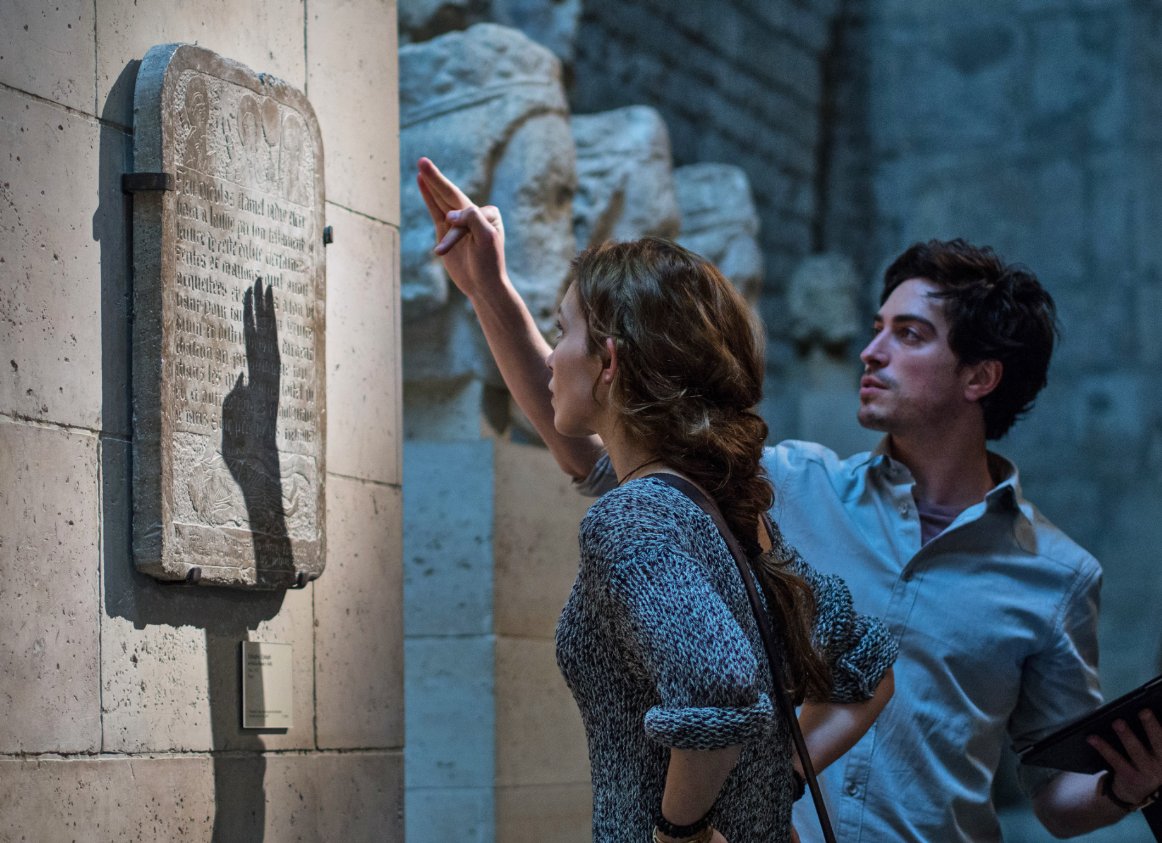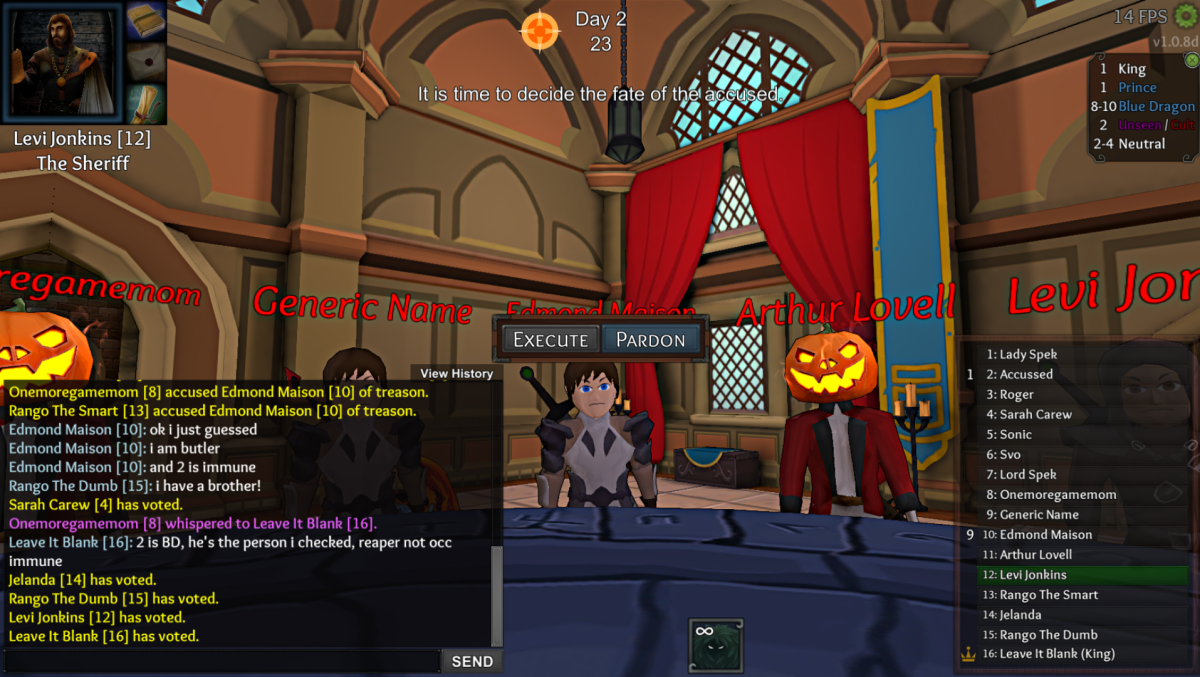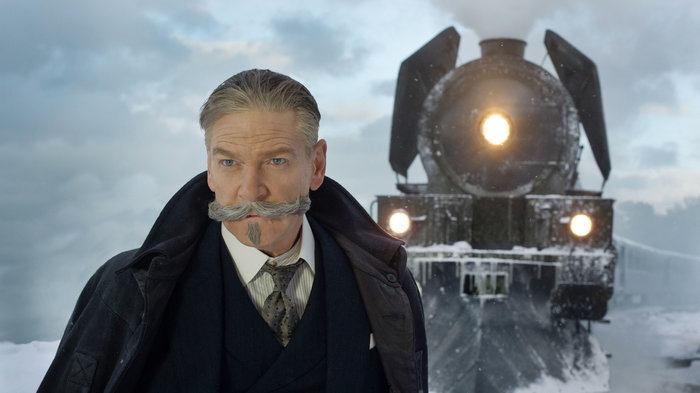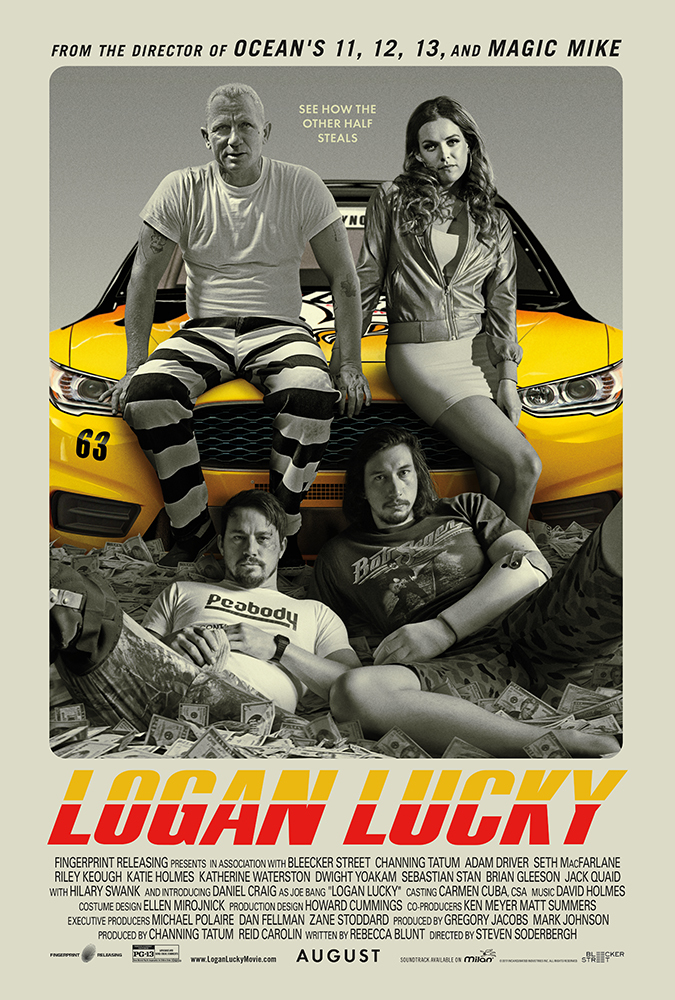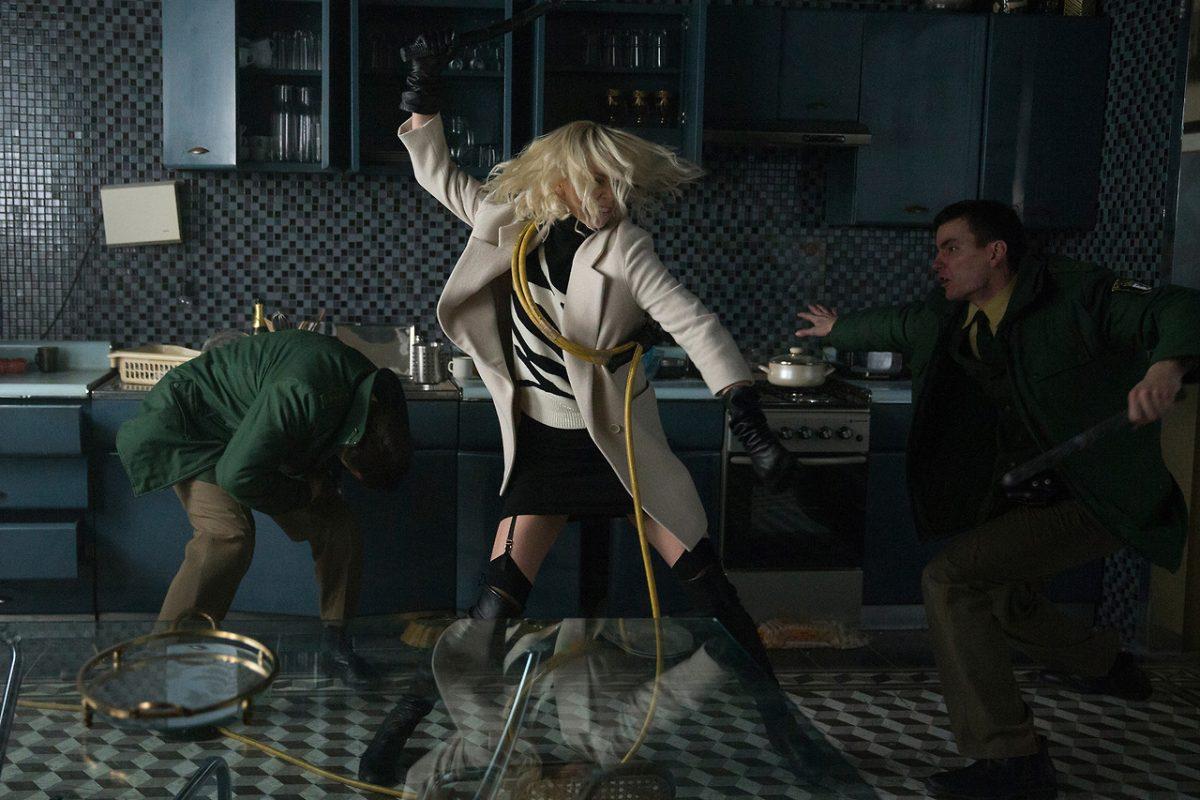Horror film features one-note characters trekking through Parisian catacombs
While it’s a good commercial for the Paris catacombs, “As Above/So Below” is ultimately another unimpressive foray in the found-footage horror genre.
Scarlett, played by Perdita Weeks, is essentially Lara Croft, the famous female treasure hunter. On top of owning two Ph.D.s and a black belt in Capoeira, she is on the hunt for the philosopher’s stone, which promises immortality, in order to redeem her father’s tarnished legacy after he committed suicide in pursuit of the stone.
Now, after discovering a language key to decipher a map that her father couldn’t solve, she assembles a ragtag group to descend deep into the underground catacombs in Paris to uncover the fabled stone.
This group includes George (Ben Feldman), who has had a scorned relationship with Scarlett, and Benji (Edwin Hodge) the cameraman documenting her pursuit. Experienced catacomb explorers Papillon (François Civil), Souxie (Marion Lambert) and Zed (Ali Marhyar) join them on the expedition.
Director John Erick Dowdle is probably most known for his 2010 film “Devil,” which expertly built up tension through claustrophobia, editing and sound design. He similarly used a confined space — an elevator in “Devil” — as the set up for his horror film.
However, “As Above/So Below” does not use its setting mechanic as effectively. Dowdle chooses to go with the found-footage tact to shoot the film, enabling him to do most of the filming in the actual catacombs instead of soundstages. These catacombs make for some naturally creepy and eerie visuals.
Unfortunately, this style makes the film feel cheap and gimmicky. Nearly all the scares have been rehashed from other horror films with scenes underground. The shot selection is unoriginal and uninteresting. The limited point of view of the camera makes moving shadows in the background too on the nose.
The lackluster script cowritten by Drew Dowdle doesn’t help. There are “National Treasure”-style clues on the ancient walls and tombstones, but they are solved within seconds of their introduction, leaving no time for the audience to ponder the riddles. The resolution to the group’s horror is out-of-the-blue and unearned.
To the Dowdle brothers’ credit, while characters are mostly one-note, their interplay worked. Quips between the six principal characters in reaction to the idea of crawling over bones or encountering strange cults make them empathetic before their inevitable deaths — not many survive this night.
Even though “As Above/So Below” has many problems, the pacing is excellently feverish and energetic. The 93-minute runtime whizzed by quickly. The real catacombs remain a popular tourist attraction today, and this film does pique interest into that bit of history by incorporating related historical events such as cave ins. In the end, some of the scares work and low ceilings and wet catacombs provide a natural tension. But the film should bury the faux documentary horror genre for good, because it could have been much better without the gimmick.

